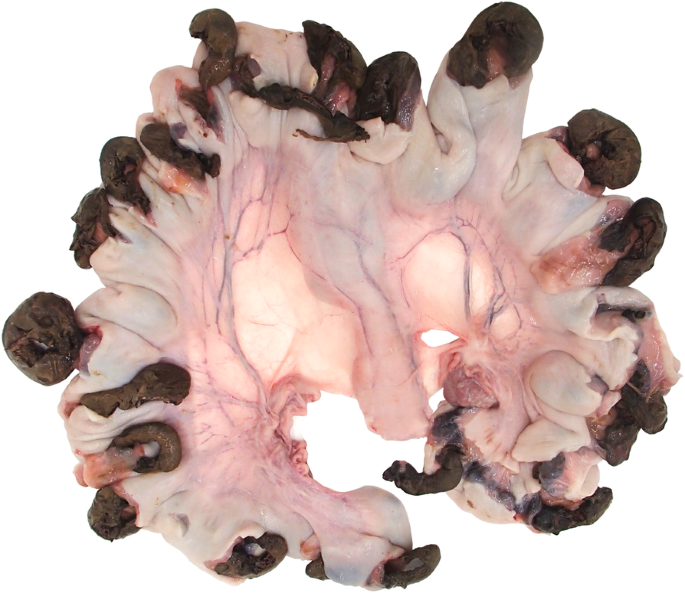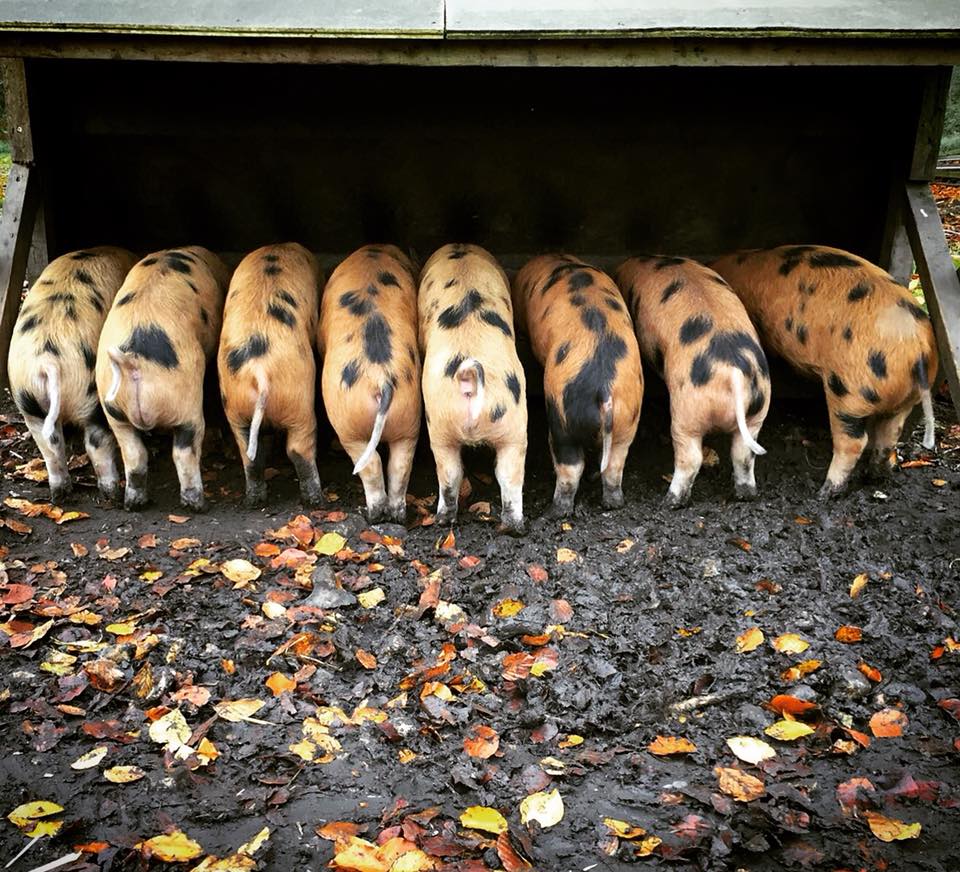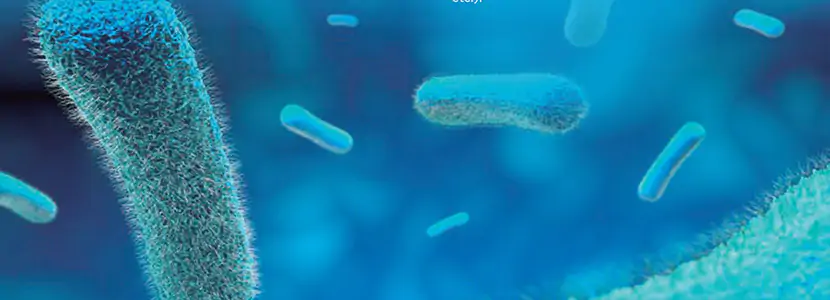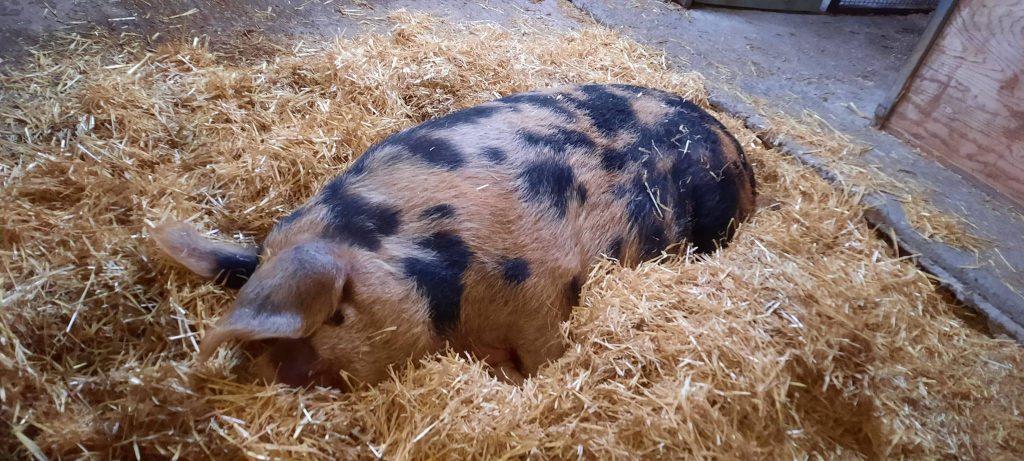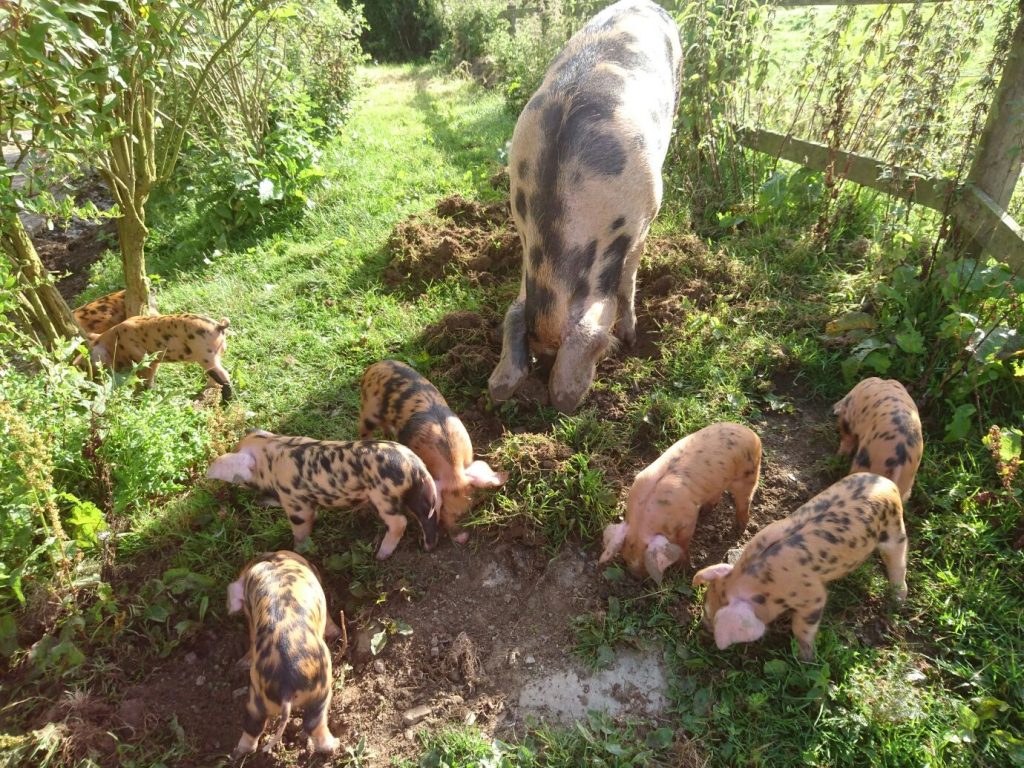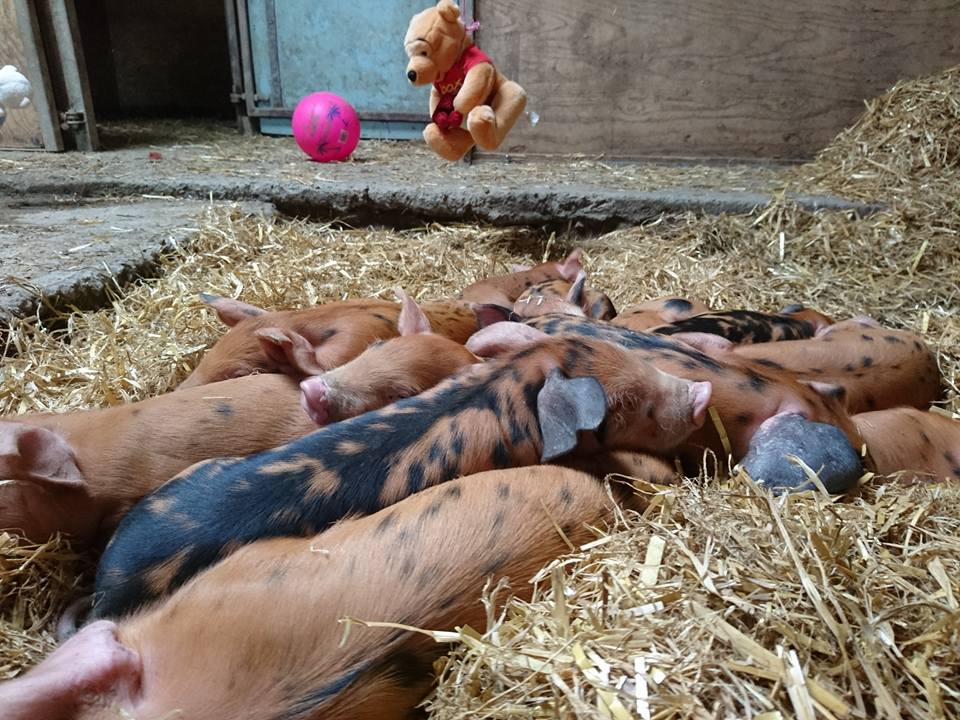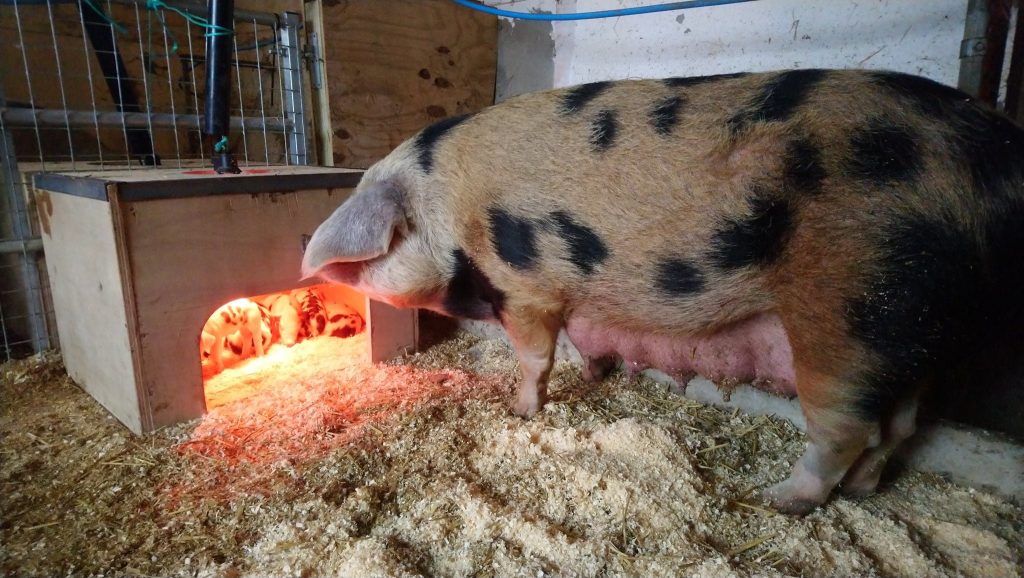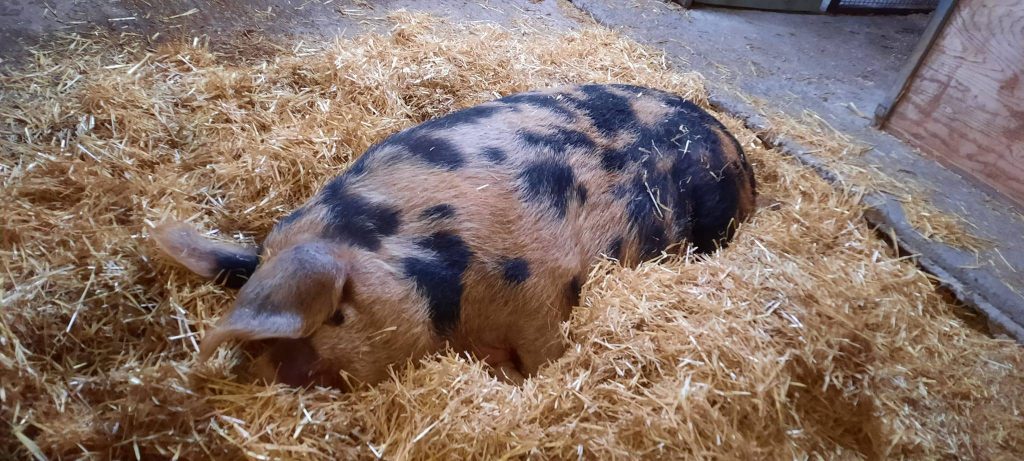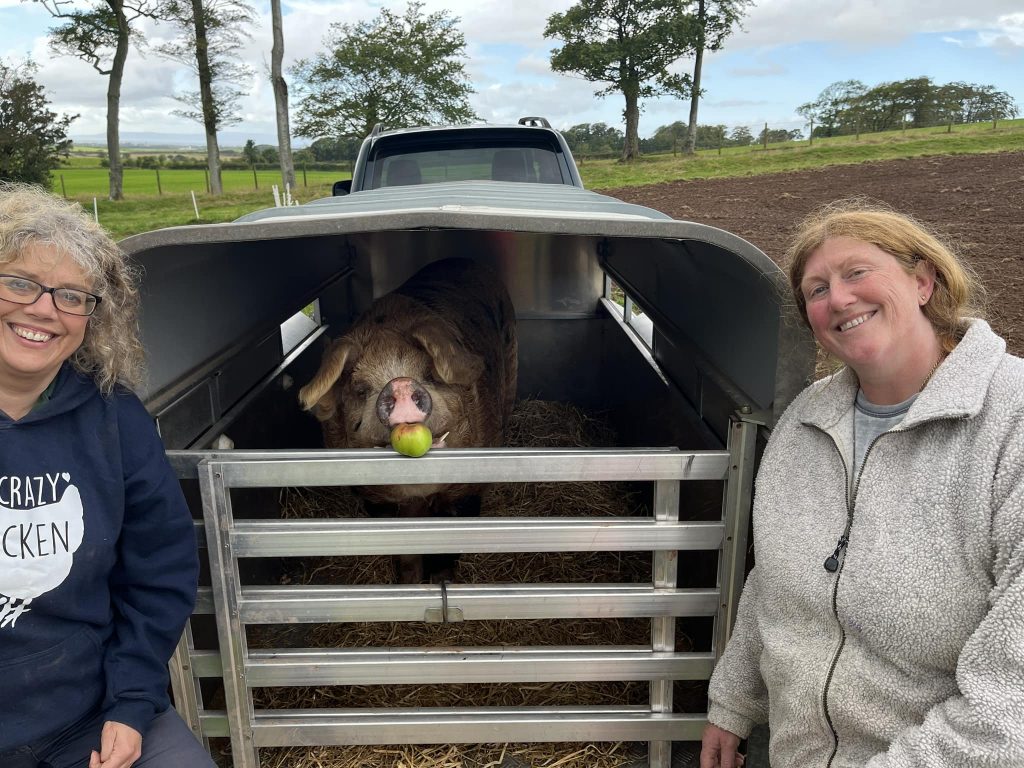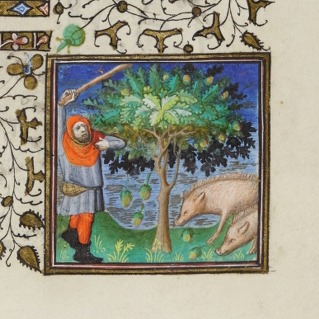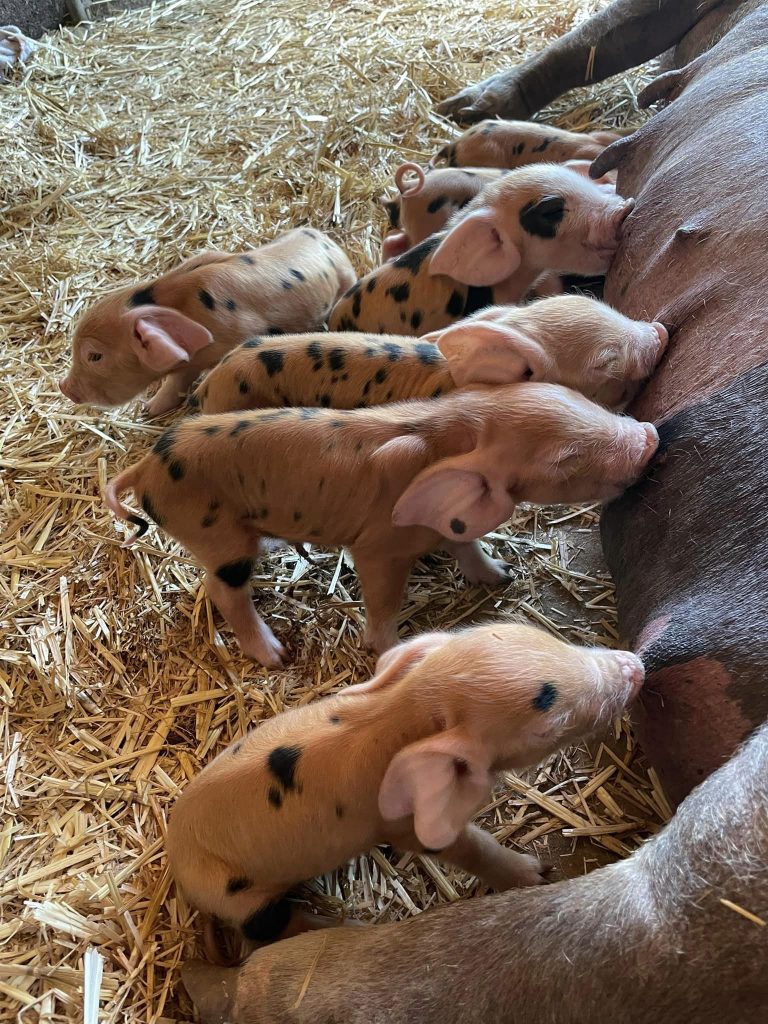
Bovine tuberculosis (bTB) is an infectious disease of cattle, caused by Mycobacterium bovis (M. bovis), which infects and causes disease in humans and other mammals. EG: pigs, deer, goats, cats, dogs, camelids, sheep and badgers. In pigs, tuberculosis is identified at slaughter as there are no outward symptoms.
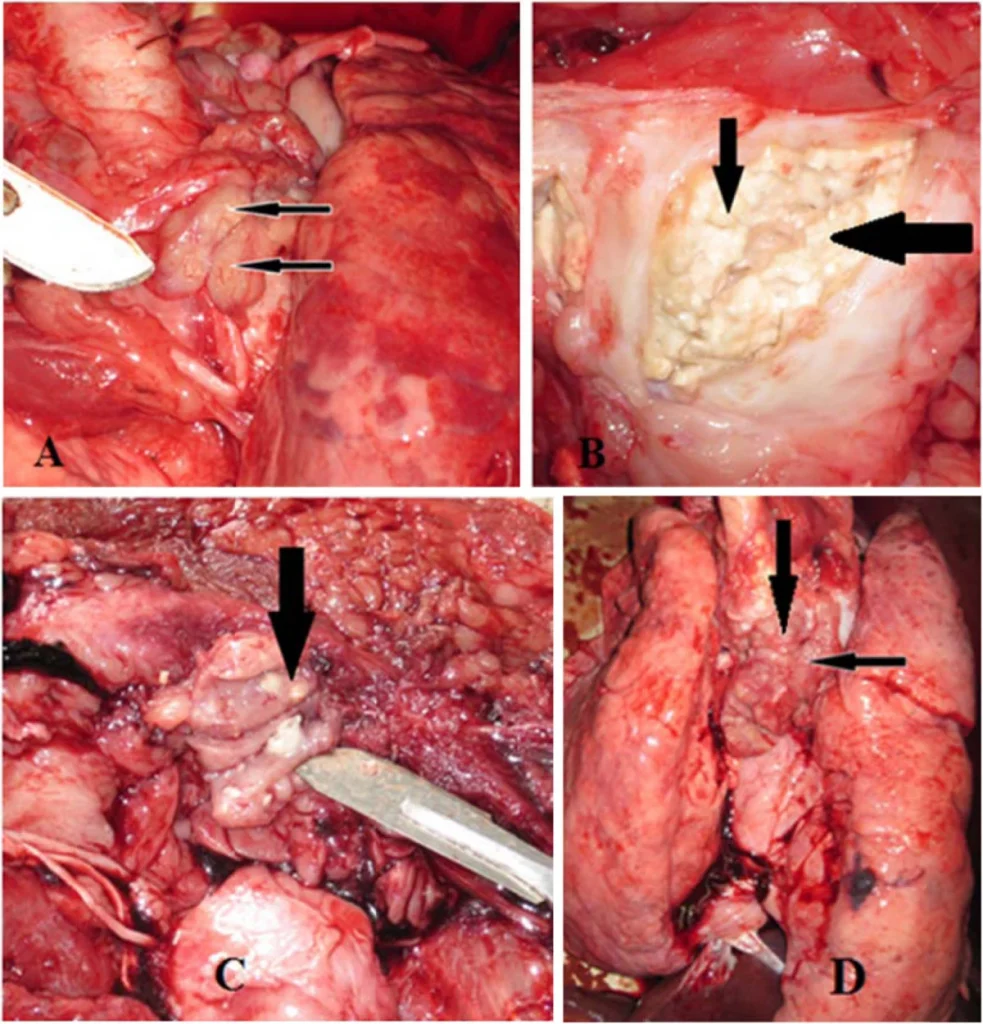
Pigs are classed as a spill-over host, which is demonstrated by bTB being already in the area and is present in wildlife and cattle in the geographical locality, seeing it spreading to other species, which are not infected with bTB. This is true to say of the geographical areas such as South West and Midlands. We are to be vigilant as our pigs do move from location to location, be it boar going to service, attending Agri shows, sows visiting boars and of course feed not being properly contained and secure therefore prone to badger contamination. Also other nose- to-nose contact with other species.
One of the common entry of infection of bTB to our pigs is caused by infected badger urine or mucus which can contaminate farrowing beds which will go on to infect the piglets as they rummage in the straw and breath in the infected bedding and feed from the sow who’s teats could also be contaminated through lying on the infected straw bedding with the mucus from the badger.
As we know, Bovine Tuberculosis is a notifiable disease. So it will not surprise you to know that because TB in animals caused by M. bovis is a zoonotic disease and, therefore, where TB in pigs is identified, the Animal and Plant Health Agency (APHA) will inform the consultant in communicable disease control (CCDC) of the local health authority, or the relevant consultant in public health medicine (CPHM) in Scotland, so that any risks to human contacts can be investigated. If TB is confirmed, or if there is a strong suspicion of TB infection in pigs, movement restrictions will be imposed (if not already in place) and will remain until APHA is satisfied there is freedom from TB.
To ensure prevention, it is crucial to prevent infected badgers and cattle from coming into contact with pigs or pig feed.
Considering that many other species can be susceptible to bTB infection, it is essential to have a safe distance between other livestock on our farms/smallholdings from our pigs.
Some of you will remember that back in 2015 we discussed TB and how DEFRA would pay compensation to producers who’s pigs were deemed to have TB and were therefore culled. Now, and it is with thanks to the National Pig Association (NPA) who back in 2018 insisted that the initial payments were too low, we find that the following legislation was introduced by DEFRA on 2 January 2018. This formalised TB compensation rates in England for various non-bovine species, also including camelids, deer, goats and sheep. You can find these compensation rates here
For pigs compulsory slaughtered as TB reactors or TB affected animals, the rates are:
- GBP250 for a breeding female (gilt or sow)
- GBP350 for a breeding male
- GBP30 for a suckler (a pig weighing under 25kg)
- GBP40 for a weaner (a pig weighing from 25kg to 35kg)
- GBP90 for a grower or finisher (a pig weighing over 35kg)

